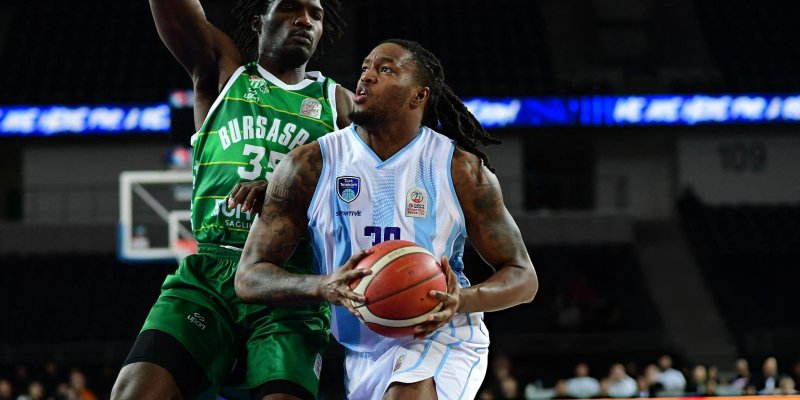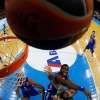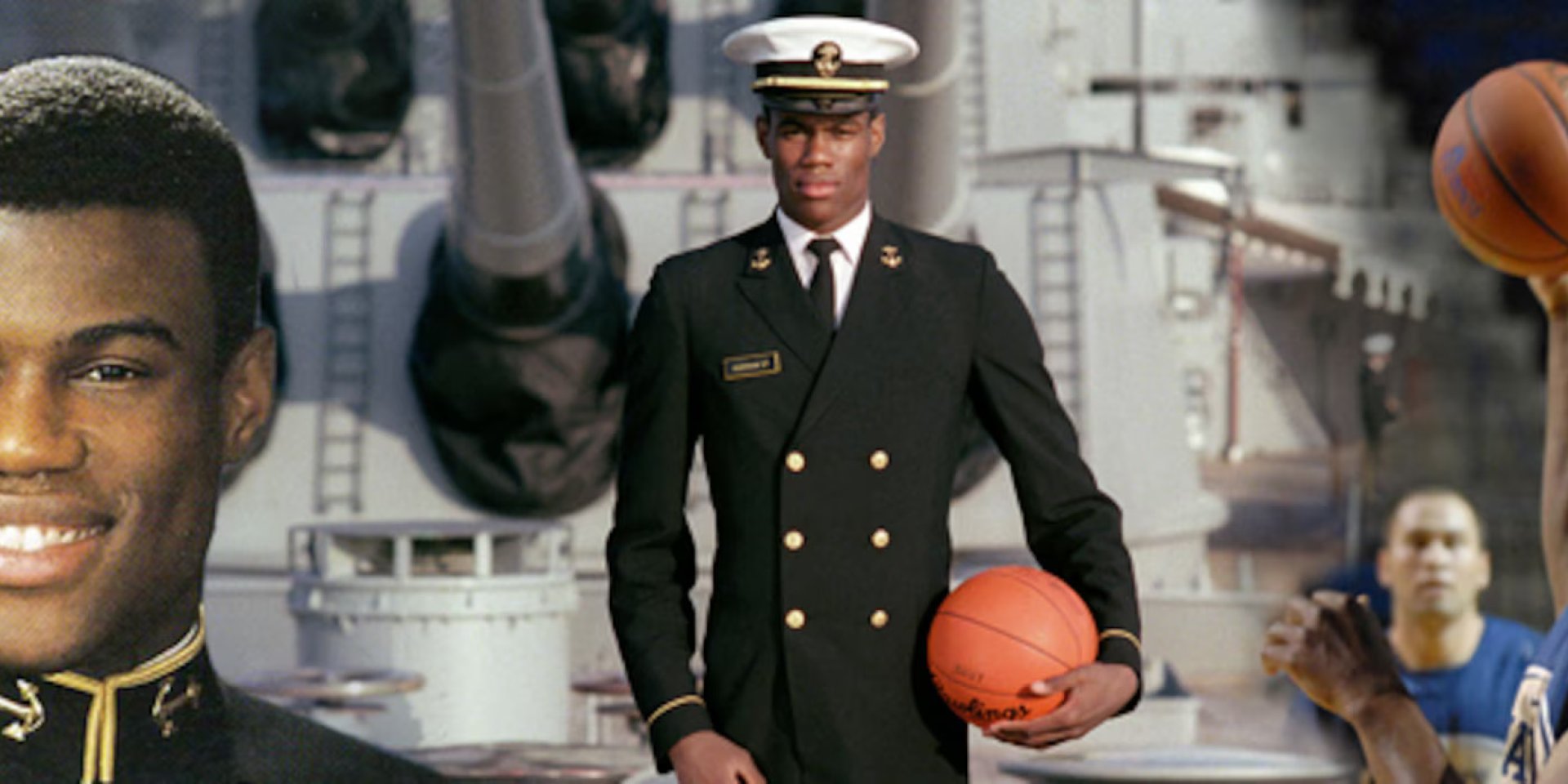
Basketball history has crossed paths with military discipline many times, but David Robinson’s trajectory is a rare case where a naval academy didn’t just harden the character—it set the course toward NBA icon status. A graduate of the United States Naval Academy, a future two-time Olympic champion, and the defensive pillar of San Antonio, he is widely ranked among the top ten centers in history by numerous experts. His biography is more than accolades and records; it is an example of how an engineer’s mindset and an officer’s bearing can become a competitive edge on the hardwood.
Bases, Pool, and Basketball: An Unexpected Start
David Robinson was born on August 6, 1965, in Key West, Florida, into a U.S. Navy officer’s family, so his childhood unfolded amid moves between military bases from Cape Canaveral to Virginia. In middle and high school at Osbourn Park High, he wasn’t chasing the basketball gym: he played water polo and did track and field, was passionate about mathematics and physics, and seriously considered becoming an engineer. Nature intervened, though—he was already approaching two meters tall in high school—and coaches persuaded him to try basketball. The position was obvious: center. By graduation, Robinson had been named the best player in Prince William County.
Height Check at the Academy: Rules Versus Growth
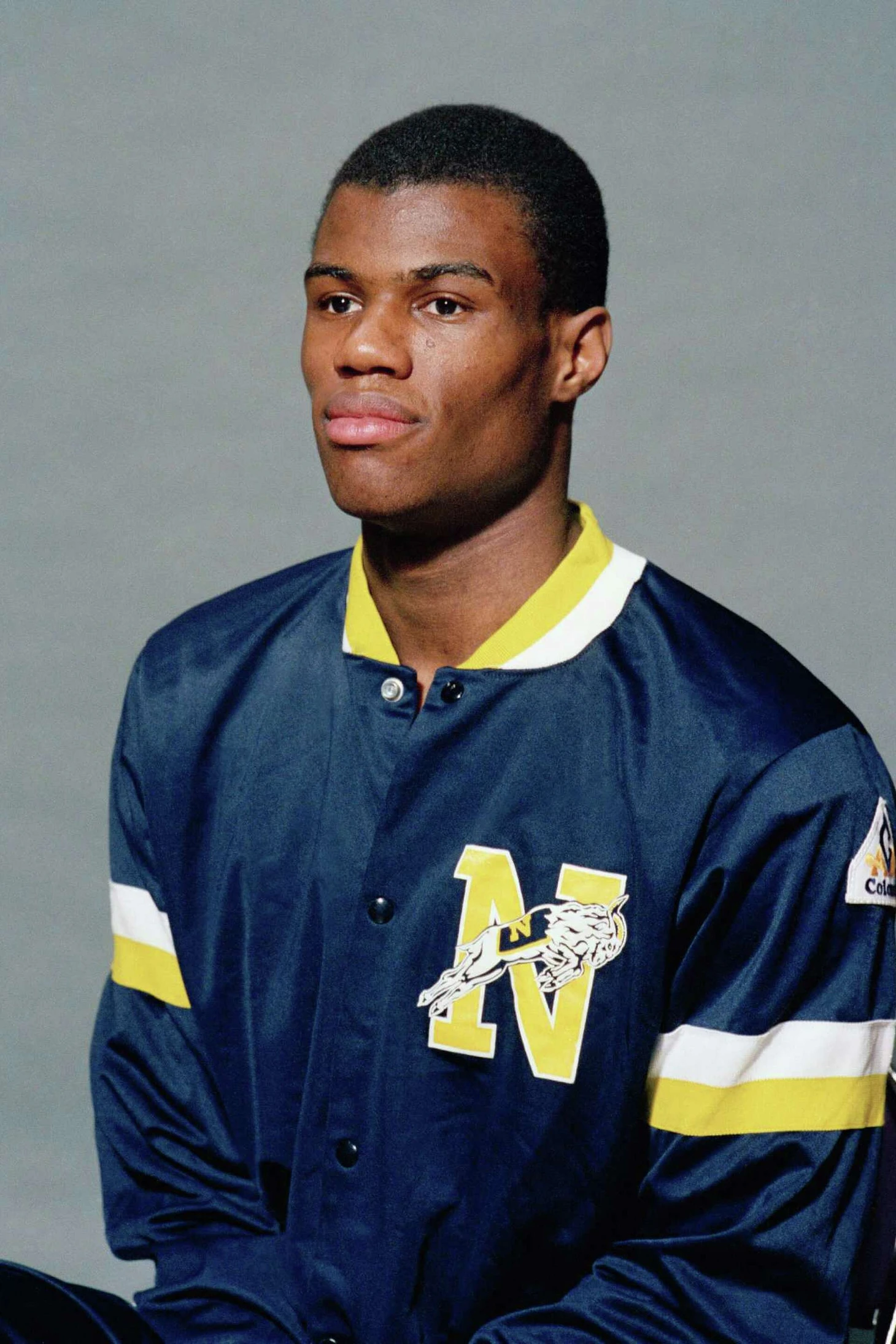
The choice of college was entirely “family-minded”: in 1983 Robinson went to the U.S. Naval Academy in Annapolis, Maryland—not for a sports career, but for discipline and an engineering education. A paradox arose: academy regulations capped candidates’ height at 6'5" (198 cm), and David was taller. He was granted an exception in light of his academic excellence and family service; during his studies he grew to 213 cm. Early on, basketball stayed in the background—he had to polish his technique, master schemes, and build strength and game stamina. But the deeper he went into the details, the more the hardwood drew him in.
A Nickname with a Hardwood Accent: How 'The Admiral' Was Born
By his second year in Annapolis, Robinson’s numbers spiked: he dominated in the paint, sped up in help defense, learned to read the pick-and-roll, and leveraged his length on the back line. NBA scouts put him on the short list of elite prospects, and the nickname “The Admiral”—a nod to his naval roots—stuck, eventually becoming his basketball brand. He finished the 1986/87 senior season atop college basketball, capturing the Wooden Award and the Naismith College Player of the Year, and turned into the undisputed favorite for the No. 1 pick.
The No. 1 Pick and an Officer's Duty: Two Years Outside the NBA
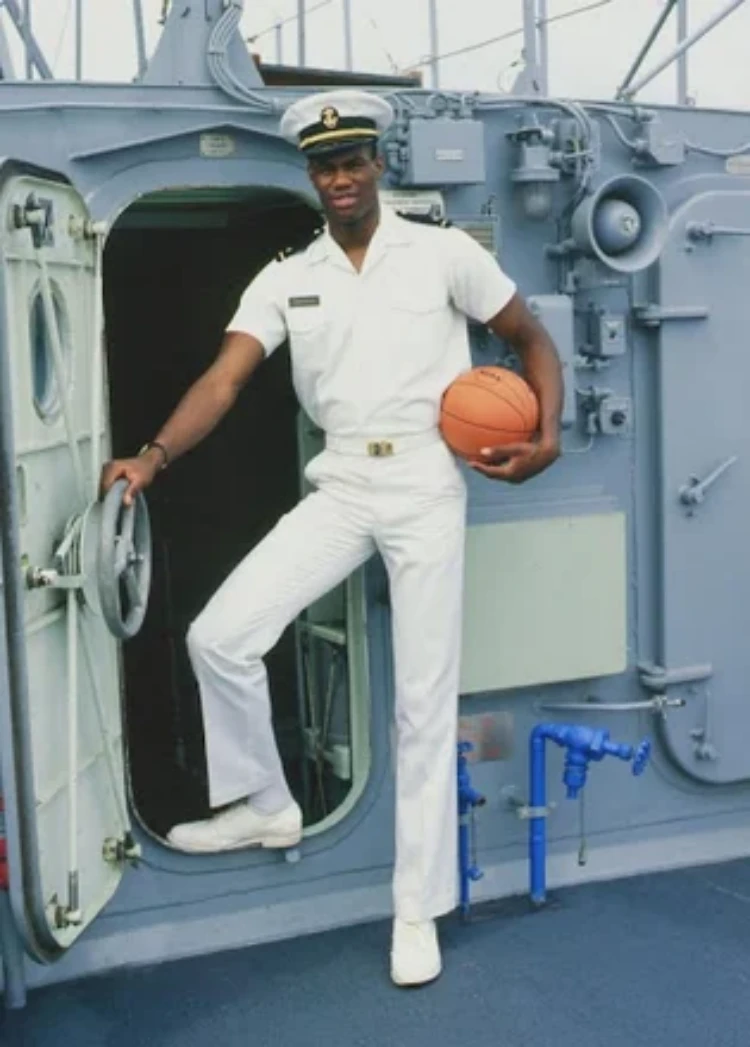
In the summer of 1987, the San Antonio Spurs selected Robinson first overall. He couldn’t hit an NBA floor immediately, though: as an academy graduate, he was obligated to serve. He was assigned to the Navy’s Civil Engineer Corps—training first at Port Hueneme, California, then duty at the Kings Bay submarine base in Georgia—working on infrastructure projects where that engineering mindset proved invaluable. Exceptions were made only for Team USA: the 1987 Pan American Games and the 1988 Olympics, where the U.S. won bronze. The “Admiral” moniker is often taken as a hint at lofty rank, but Robinson’s actual rank was LTJG (Lieutenant Junior Grade). Rumors suggested Los Angeles might land him after service, but the Spurs’ front office kept their future superstar with a long-term deal.
San Antonio: The Franchise's Anchor from the First Shot
Returning after two years, Robinson debuted in 1989–90 and instantly turned the Spurs from also-rans into a playoff team. His game blended textbook footwork in the low post, a soft mid-range touch, mobile perimeter defense, and ruthless rim protection. He quickly became the franchise’s anchor: around him—and the discipline he brought from the academy—San Antonio built a system capable of running the long race. In 1999 and 2003 Robinson lifted the Larry O'Brien Trophy, and retiring after the second title proved a perfect cadence—the captain stepped off the ship at the summit.
Numbers That Speak Louder Than Words
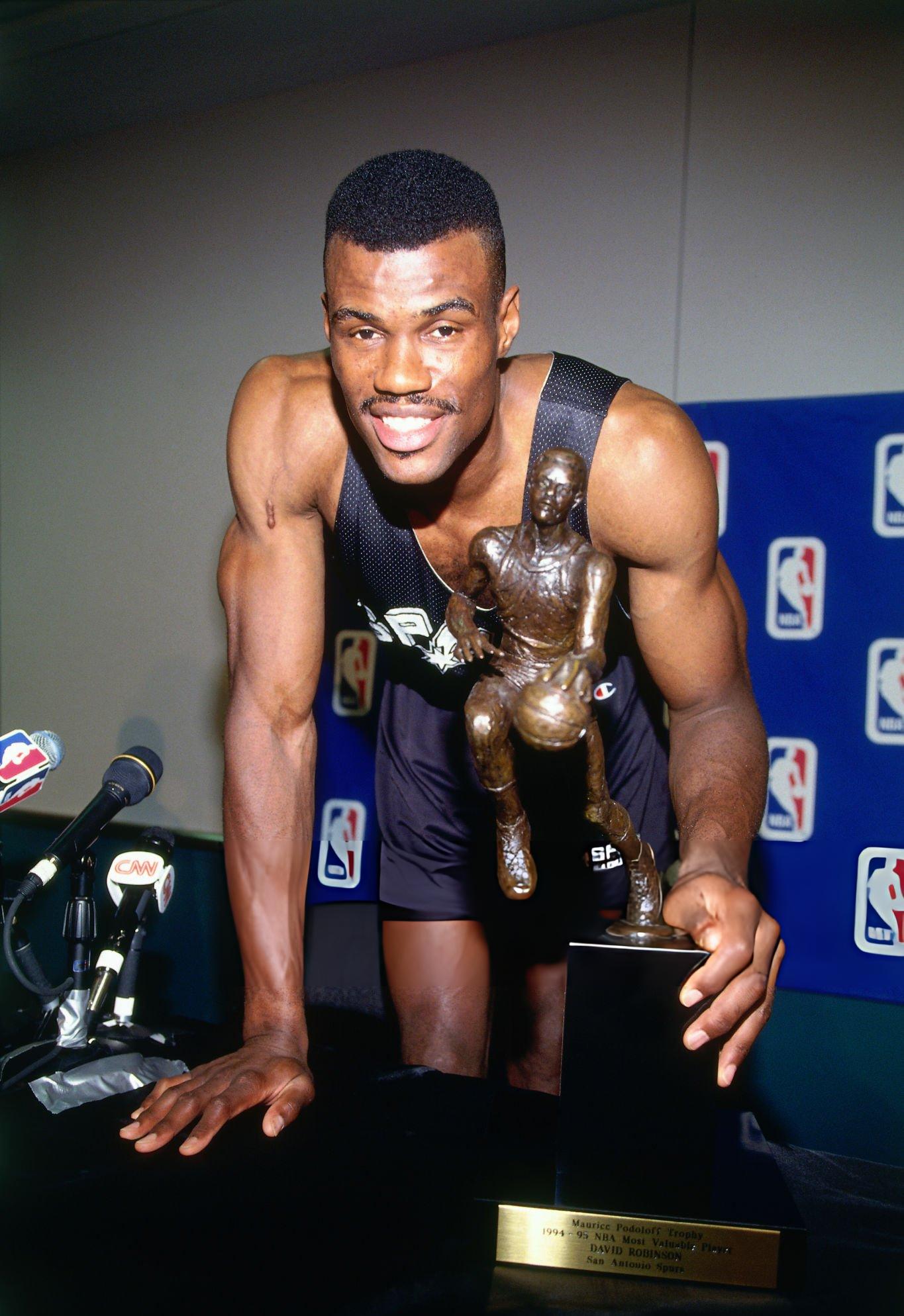
The “Admiral’s” résumé reads like a handbook of elite efficiency: 1990 Rookie of the Year; 1995 regular-season Most Valuable Player (MVP); 1992 Defensive Player of the Year; 10 All-Star selections; 10 All-NBA selections and 8 All-Defensive selections; two-time Olympic gold medalist (1992 and 1996) with the Dream Team. A special line is the quadruple-double on February 17, 1994: 34 points, 10 rebounds, 10 assists, and 10 blocks—an extraordinarily rare show of dominance and still the most recent in league history. Finally, his name appears on the NBA’s 50th and 75th anniversary lists of the greatest players of all time. These are not just trophies; they are markers of an era in which a center could be both the metronome of a defense and the first option on offense.
Business with a Mission: Capital Flowing into the Classroom
After retiring, Robinson didn’t retreat into nostalgia. He launched Admiral Capital Group—an investment platform that, alongside commercial projects, supports educational and social initiatives. The logic is simple and decidedly “officer-like”: money is a tool, and investments truly pay off when they change the environment. Robinson regularly returns to Annapolis and other academies to speak to cadets about leadership, discipline, and responsibility—values that work the same on base and in the locker room.
Why Robinson's Story Still Teaches
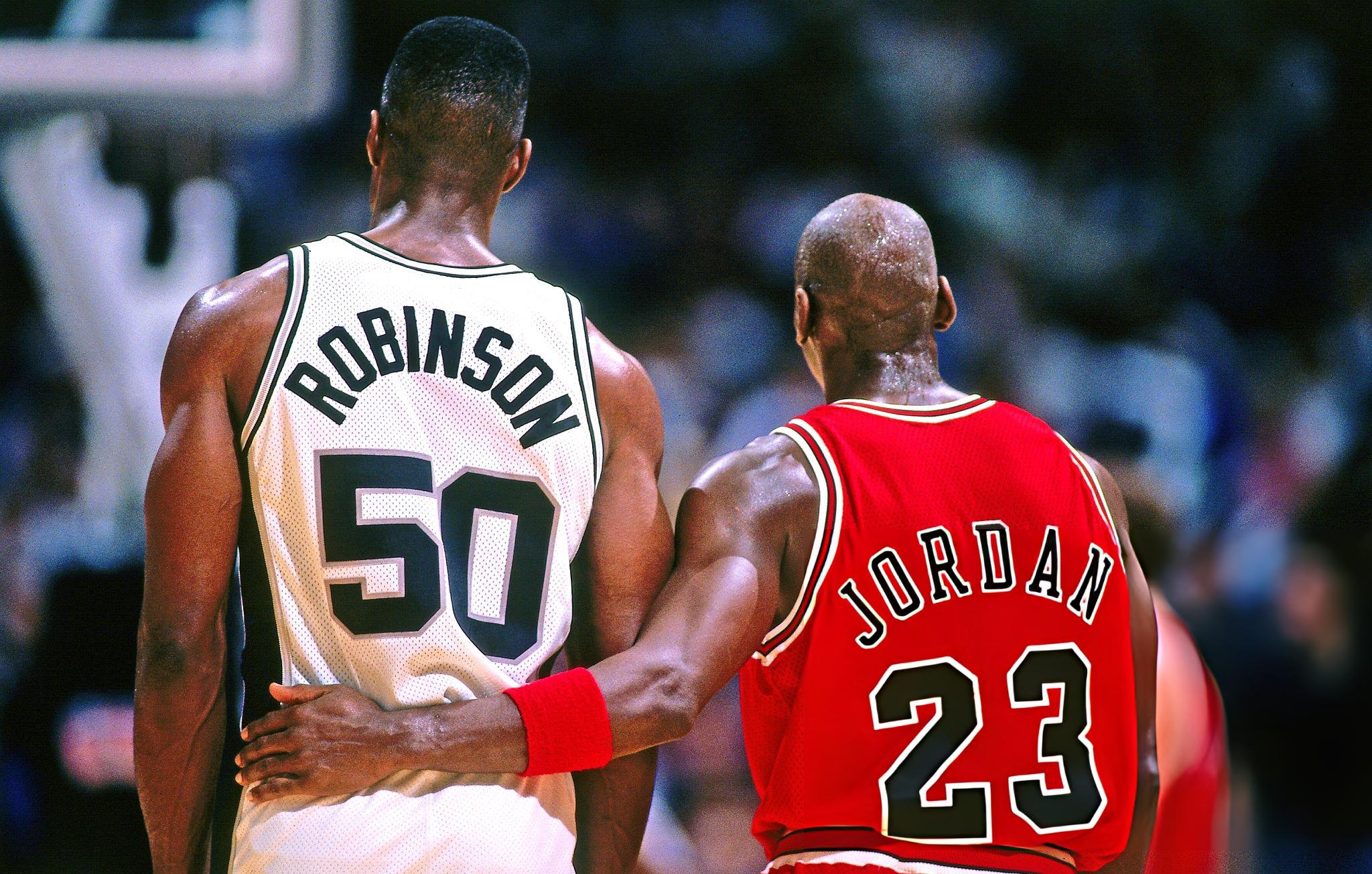
David Robinson’s path is more than a chronology of trophies. It is a story about how discipline and education amplify talent. His engineering “optics” helped him process opponents’ schemes faster, and naval training kept the standard high in the grittiest series. Robinson proved a center can be the intellectual core of a team as well as its physical backbone. If you are looking for a formula for long-term success that combines character, work, and respect for the craft, “The Admiral” is one of the most reliable bearings in basketball navigation.

